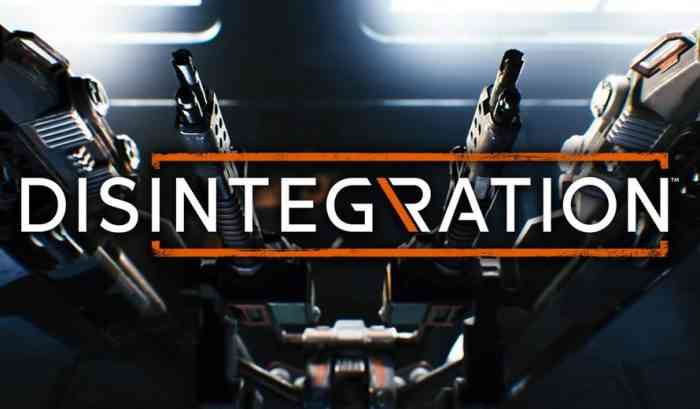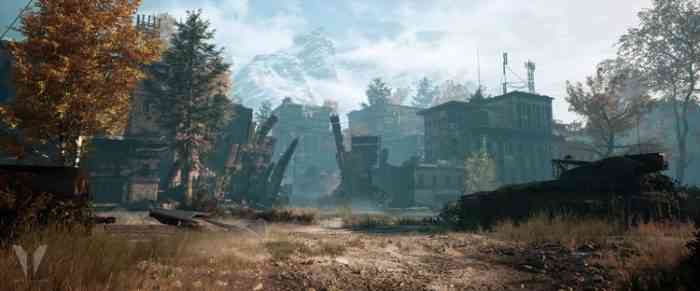Don’t Worry About (The Lack Of) Destiny 3.
Last month, we told you about a new sci-fi shooter, Disintegration, developed by newly established 30-person studio V1 Interactive (which was founded by Halo co-creator Marcus Lehto) and set to release on June 16 for PlayStation 4, Xbox One, and PC. With the release today of the ‘Disintegration Main Theme’ music video, you can now experience its main theme music while getting a glimpse of the behind-the-scenes soundtrack recording process, featuring the Budapest Scoring Orchestra.
Here’s the music video, for your enjoyment:
The main theme is also available for streaming at Spotify, Apple Music, Tidal, Amazon Music, Pandora, and Google Play, as well as digital download at Amazon, iTunes, and Google Play.

Disintegration is set in the near future, when humankind is on the verge of extinction and surgical implantation of the brain into a robotic armature is sometimes the only option for survival. As outlaw leader Romer Shoal, players will be battling against the militaristic Rayonne legion, who hopes to forcibly perform the brain implant process on all remaining humans, in a struggle to preserve the last vestiges of humanity.
The main theme came out of a collaboration between award-winning video game and film composer Jon Everist, who previously scored the soundtracks for BattleTech and Shadowrun: Hong Kong, and Disintegration developer V1 Interactive and publisher Private Division.

“I wanted to capture both the fragility and hopefulness of the human spirit,” Everist said in the press release. “The solo piano motif propels the piece to a crescendo with the rest of the orchestra where our heroic theme is revealed, representing the power and ingenuity of humanity coming together for a common good. This is the theme of the resistance.”
Disintegration‘s Audio Lead Jack Menhorn added: “What I love the most about the main theme, is the story it tells within itself; from a humble, forlorn melody that builds into a tense, dangerous mood of conflict and then rises above to a commanding statement of the main melody. The piece continues with its own ups and downs, returning to the melodies with different states of conflict and hope.”
Source: Press release